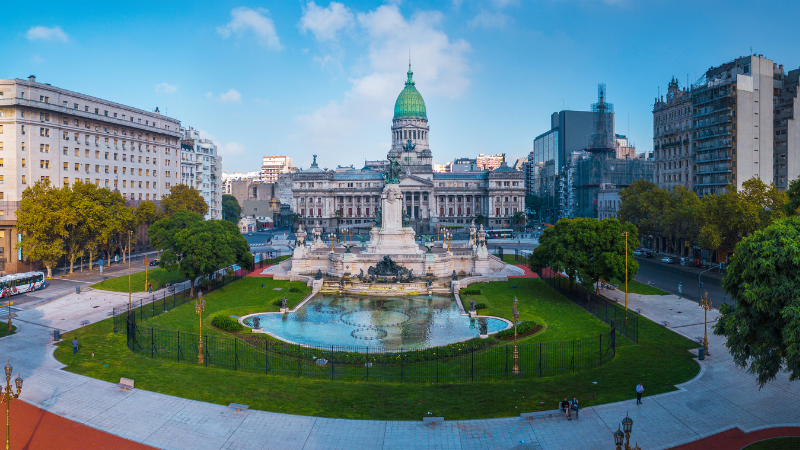More than a year after the Minister of Communications and Information Technology, Amr Talaat, announced that 60% of Egypt’s population would be connected to fibre thanks to a $360 million additional investment, the access to the home is still not yet commercialised by internet service providers. Meanwhile, across the Red Sea, Saudi Arabia covers 60% of homes with fibre in December 2022. These examples illustrate a region that is developing at two speeds. While North Africa is struggling to develop fibre infrastructure, several Middle Eastern countries are already thinking about the next step by connecting remote areas or integrating fibre into large-scale projects such as connected cities. New work, entertainment and consumption habits have turned advanced internet access into a critical need globally and a commodity in many countries. Which hurdles still prevent North African and Levant countries to scale up their infrastructures and capitalise on the fortune promised by fibre? Fibre becomes a standard in the Middle-East, infrastructures lag behind in North Africa In the Middle East, more than half of households were subscribing to fixed internet in 2022 with an average penetration rate of around 55%. Some countries stand out, as the rate reaches 99% in the United Arab Emirates, 82% in Qatar or 75% in Oman. Fibre became the most used technology over the years, with a household penetration rate of 86%, 57% and 48% respectively. Across the red sea, in North Africa, on average, less than half of households have access to fixed internet. The penetration of fixed broadband was about 43% in the region in 2022. Not only is fixed internet lacking coverage within countries, but it is also limited to low-speed levels as fibre infrastructures are not yet fully developed. In countries such as Algeria and Tunisia, where 48% and 44% of households respectively subscribe to fixed internet, only 5% in Algeria and 1% in Tunisia have fibre subscriptions. In Morocco, only 26% of households have a fixed internet subscription and of these, 8% have subscribed to fibre. The low development of fixed infrastructures and more particularly of fibre explains why a country like Tunisia for instance, is ranked 160th out of 179 in the Global Speedtest Index for the year 2022 published by Ookla in January 2023, even though more than 83% of its population used the internet in 2022. The country, present in the first half of the mobile internet speed ranking (90th) reflects a region, the Maghreb, where mobile internet remains the primary connectivity enabler. A growing need for advanced internet connectivity in North Africa, not met by fixed networks The share of internet users reaches 70% or more in countries such as Algeria, Tunisia, Morocco, and Egypt. These countries have...













